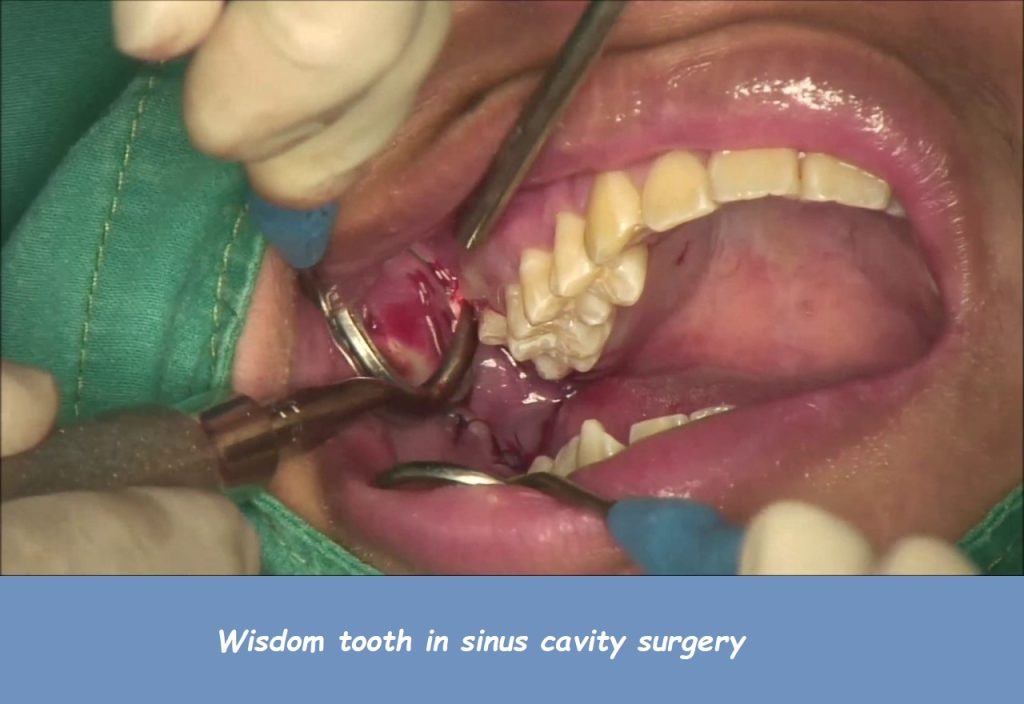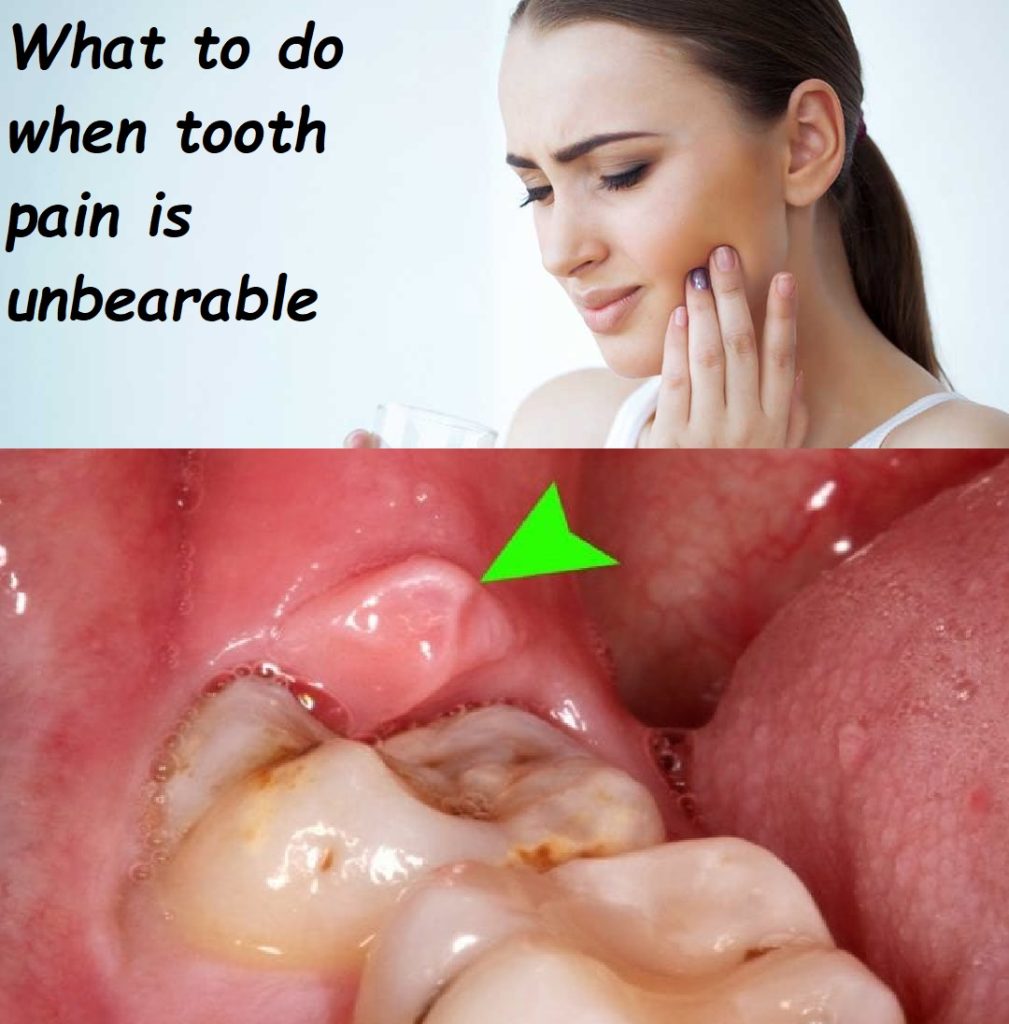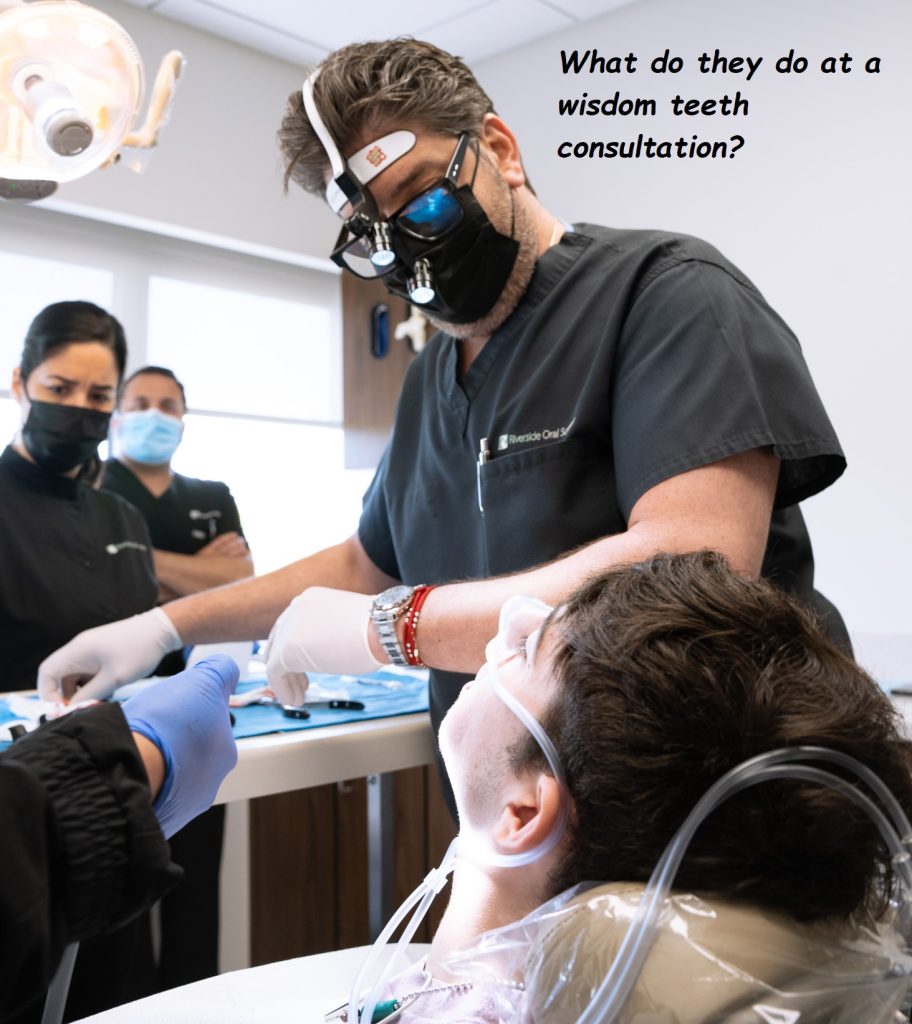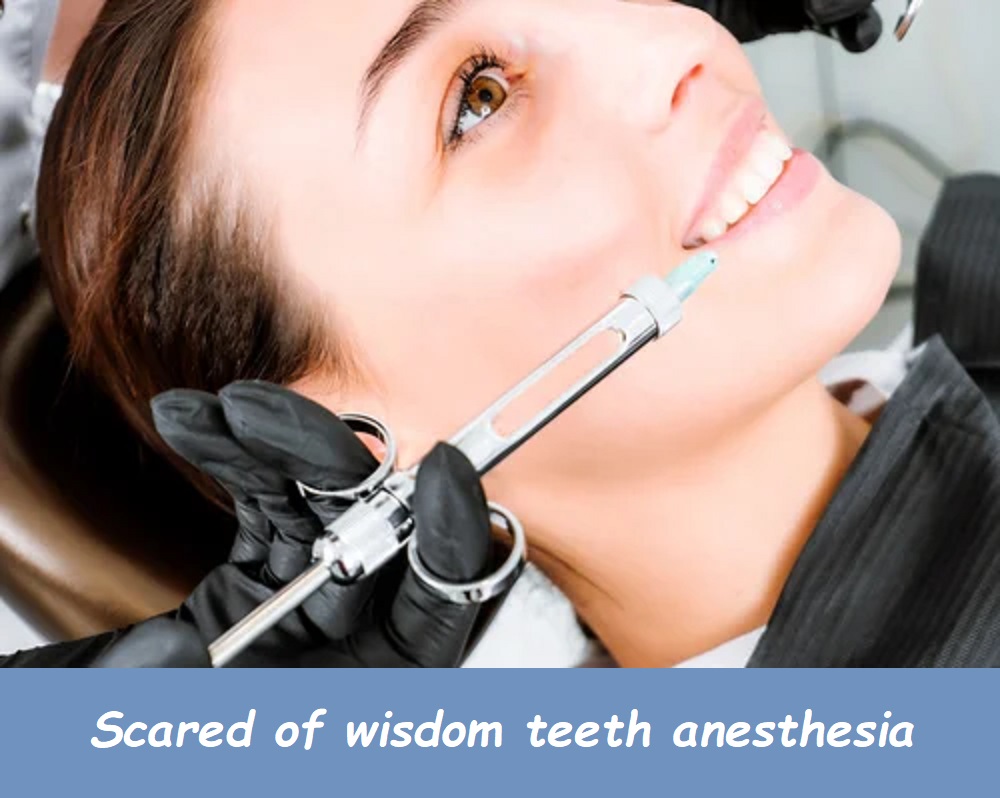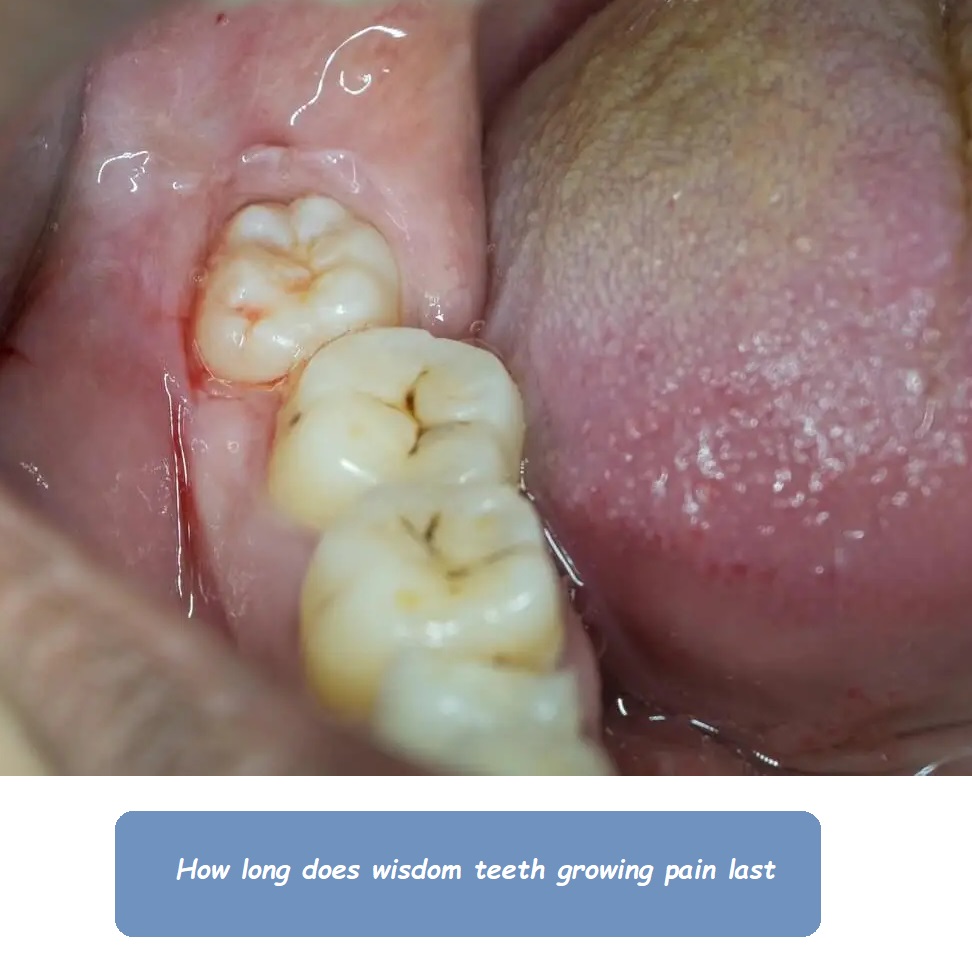when can i eat normal after wisdom teeth removal
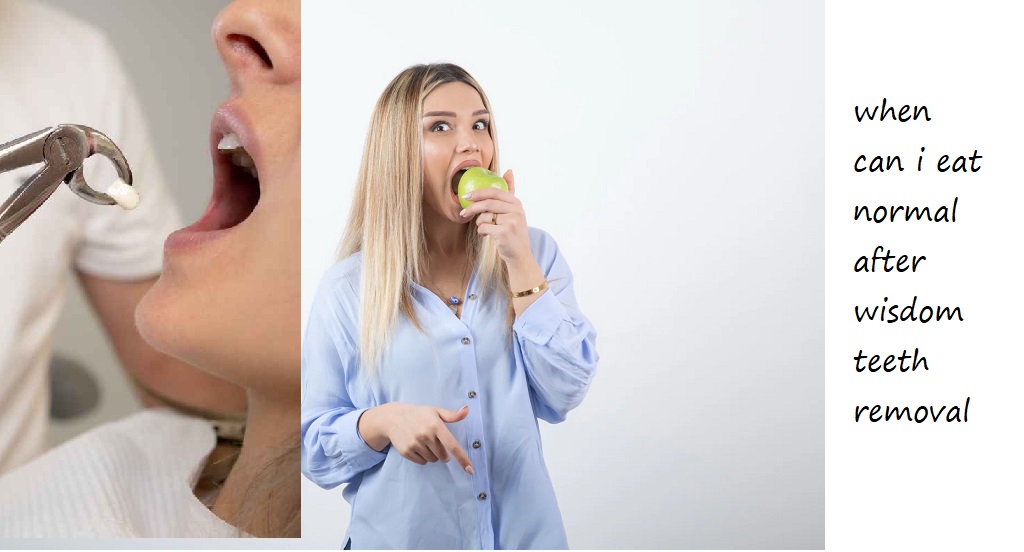
Wisdom teeth removal is a common dental procedure that many people undergo, often in their late teens or early twenties. These third molars can cause a variety of issues, such as crowding, impaction, and pain, necessitating their extraction. Post-operative care is crucial for a smooth and speedy recovery, and one of the most frequently asked questions is, “When can I eat normally after wisdom teeth removal?” This article will provide a comprehensive guide on the timeline for resuming a normal diet, the types of foods to eat and avoid during recovery, and tips for ensuring a successful healing process.
Understanding Wisdom Teeth Removal
The Procedure
Wisdom teeth removal involves extracting one or more of the four third molars located at the back corners of the mouth. The procedure can be performed by a dentist or an oral surgeon, depending on the complexity of the case. It typically involves making an incision in the gum tissue, removing any bone blocking access to the tooth root, extracting the tooth, and then stitching the wound closed.
Common Post-Operative Instructions
After wisdom teeth removal, patients receive specific instructions to promote healing and prevent complications. These instructions often include recommendations on diet, oral hygiene, pain management, and activities to avoid.
The Importance of Diet in Recovery
Promoting Healing
A proper diet is essential for promoting healing after wisdom teeth removal. Consuming the right foods can help minimize discomfort, prevent infection, and ensure that the surgical sites heal properly.
Preventing Complications
Eating the wrong types of food can lead to complications such as dry socket, infection, and delayed healing. It’s crucial to follow dietary recommendations to avoid these issues and ensure a smooth recovery.
Immediate Post-Operative Period
The First 24 Hours
During the first 24 hours after surgery, it’s essential to stick to a liquid or very soft diet. This period is critical for forming the initial blood clot at the extraction sites, which is crucial for the healing process. Disrupting the blood clot can lead to complications such as dry socket.
- Liquids and Soft Foods: Stick to liquids and very soft foods such as water, broth, smoothies (without using a straw), yogurt, applesauce, and mashed potatoes. Avoid using straws, as the suction can dislodge the blood clot.
- Cold Foods: Consuming cold foods like ice cream or chilled applesauce can help reduce swelling and numb the area, providing some relief from discomfort.
Days 2-3: Gradually Introducing Soft Foods
After the initial 24 hours, you can start to introduce a wider variety of soft foods into your diet. However, it’s still important to avoid hard, crunchy, or chewy foods that can irritate the surgical sites.
- Soft Foods: Continue with foods like yogurt, applesauce, mashed potatoes, scrambled eggs, and well-cooked pasta. These foods are easy to chew and swallow without putting stress on the healing areas.
- Hydration: Drink plenty of water to stay hydrated, but avoid using straws. Hydration is crucial for overall healing and well-being.
Days 4-7: Gradually Increasing Food Texture
As you continue to heal, you can gradually increase the texture of the foods you eat. However, it’s still important to avoid foods that can disrupt the healing process.
- Slightly Firmer Foods: Introduce slightly firmer foods such as soft-cooked vegetables, soft fruits (like bananas), and well-cooked meats (such as shredded chicken). Cut food into small pieces to make chewing easier.
- Chewing Precautions: Chew on the opposite side of the mouth from the extraction sites to avoid disturbing the healing areas. Take small bites and chew slowly to minimize discomfort.
After One Week: Resuming a Normal Diet Gradually
After one week, most patients will have a follow-up appointment with their dentist or oral surgeon to assess the healing progress. If the recovery is on track, you can start to gradually resume a more normal diet. However, continue to avoid very hard, crunchy, or chewy foods until you receive clearance from your healthcare provider.
- Introducing More Foods: Begin to reintroduce more solid foods such as rice, bread, and tender meats. Be cautious and avoid foods that require extensive chewing or are likely to get stuck in the extraction sites.
- Monitoring Healing: Pay attention to how your mouth feels as you introduce new foods. If you experience pain or discomfort, revert to softer foods and consult your dentist if necessary.
Foods to Avoid During Recovery
Hard and Crunchy Foods
Avoid hard and crunchy foods such as nuts, chips, and hard candies. These foods can get lodged in the extraction sites, cause irritation, and disrupt the healing process.
Chewy Foods
Chewy foods like caramels, gummy candies, and tough meats can put stress on the surgical sites and delay healing. Avoid these foods until you have fully recovered.
Spicy Foods
Spicy foods can cause irritation and discomfort at the extraction sites. Stick to mild foods until your mouth has healed completely.
Alcohol and Caffeine
Avoid alcohol and caffeine, as they can interfere with the healing process and increase the risk of complications. Stick to water and non-caffeinated beverages during your recovery.
Tips for a Smooth Recovery
Follow Post-Operative Instructions
Adhering to the instructions provided by your dentist or oral surgeon is crucial for a smooth recovery. These instructions are designed to minimize the risk of complications and promote faster healing.
Maintain Proper Oral Hygiene
Maintaining oral hygiene is essential to prevent infection. Gently rinse your mouth with a saltwater solution or a prescribed mouthwash to keep the extraction sites clean. Avoid vigorous rinsing or spitting, as it can dislodge the blood clot.
Manage Pain and Swelling
Over-the-counter pain relievers and prescribed medications can help manage pain and reduce swelling. Applying an ice pack to the outside of the cheek near the extraction site can also help alleviate swelling.
Stay Hydrated
Drinking plenty of water is crucial for overall health and recovery. Avoid using straws, as the suction can disrupt the healing process.
Long-Term Care After Wisdom Teeth Removal
Regular Dental Check-Ups
Regular dental check-ups are essential to monitor your oral health and ensure the extraction sites heal properly. Your dentist can identify any issues early and provide appropriate treatment if necessary.
Maintaining Oral Health
After your wisdom teeth removal and recovery, maintaining good oral hygiene is crucial. Brush and floss regularly, and visit your dentist for routine check-ups and cleanings. Taking care of your oral health can prevent future dental issues and promote overall well-being.
Emotional and Psychological Aspects of Recovery
Managing Anxiety and Stress
Dental surgery can be stressful, and managing anxiety is essential for a smooth recovery. Practice relaxation techniques such as deep breathing, meditation, or listening to calming music. Keeping a positive mindset can also aid in the healing process.
Support System
Having a support system can make a significant difference in your recovery. Rely on family and friends for assistance with daily tasks, meal preparation, and emotional support. Knowing you have help available can reduce stress and allow you to focus on healing.
Dealing with Discomfort
It’s normal to experience some discomfort after wisdom teeth removal. Along with prescribed pain medications, consider using over-the-counter remedies such as acetaminophen or ibuprofen, as recommended by your healthcare provider. Cold compresses can also help alleviate pain and reduce swelling.
Preparing for Wisdom Teeth Removal
Pre-Surgery Consultation
Before your wisdom teeth removal, have a thorough consultation with your dentist or oral surgeon. Discuss any concerns, medical history, and medications you are currently taking. Understanding the procedure and post-operative care can help you feel more prepared.
Setting Up a Recovery Space
Prepare a comfortable recovery space at home with essential items such as soft foods, prescribed medications, ice packs, and extra pillows for resting. Having everything you need within easy reach can make the recovery process more manageable.
Stocking Up on Supplies
Before your surgery, stock up on supplies such as gauze pads, salt for rinsing, and over-the-counter pain relievers. Having these items on hand can help you manage your recovery without needing to make trips to the store.
The Role of Communication in Recovery
Clear Instructions from Your Dentist
Ensure you receive clear, written post-operative instructions from your dentist or oral surgeon. Understanding these instructions and following them precisely can significantly impact your recovery outcome.
Asking Questions
Don’t hesitate to ask questions during your consultations. Understanding why certain precautions are necessary, such as dietary restrictions, can help you adhere to the recommendations more diligently.
Reporting Concerns
If you have any concerns or notice unusual symptoms during your recovery, contact your dentist or oral surgeon immediately. Early intervention can prevent complications and promote faster healing.
The Importance of Patience and Compliance
Patience in Healing
Recovery from wisdom teeth removal requires patience. Allow your body the time it needs to heal, and avoid rushing the process. Following post-operative instructions and dietary recommendations, even if they feel inconvenient, is essential for a successful recovery.
Compliance with Care Instructions
Compliance with care instructions is crucial for avoiding complications such as dry socket. Adhering to dietary recommendations, oral hygiene practices, and activity restrictions can make a significant difference in your recovery outcome.
Conclusion
Knowing when you can eat normally after wisdom teeth removal is essential for a smooth recovery and avoiding complications. The general guideline is to start with a liquid or very soft diet during the first 24 hours, gradually introducing soft and slightly firmer foods over the next few days. After one week, you can start to resume a more normal diet, but continue to avoid very hard, crunchy, or chewy foods until you receive clearance from your healthcare provider. Always follow your dentist or oral surgeon’s advice and be vigilant for any signs of complications. By adhering to post-operative instructions, maintaining a soft diet, keeping your mouth clean, and managing pain and swelling, you can ensure a speedy and comfortable recovery. Proper preparation, good communication with your healthcare provider, and a positive mindset are all crucial components for a successful healing process after wisdom teeth removal.
How Long After Wisdom Teeth Removal Can I Eat Regularly?
The timeline for resuming regular eating habits after wisdom teeth removal can vary depending on individual healing rates and the complexity of the extraction. Generally, you can expect:
- First 24-48 Hours:
- Stick to liquids and very soft foods like yogurt, applesauce, and broths to avoid disturbing the extraction site.
- Days 3-5:
- Gradually introduce slightly more substantial foods like mashed potatoes, scrambled eggs, and smoothies, but avoid chewing near the extraction site.
- After a Week:
- Most people can start incorporating more solid foods into their diet, such as soft pasta, cooked vegetables, and tender meats, as long as they are cut into small pieces.
- 2 Weeks and Beyond:
- You should be able to return to your normal diet, but still avoid hard, crunchy, or sticky foods that might irritate the extraction site until it is fully healed, usually around 3-4 weeks.
What Can You Eat on Day 7 of Wisdom Teeth Removal?
By the seventh day after wisdom teeth removal, the initial healing phase is well underway, and you can start eating a wider variety of foods. Here are some examples:
- Soft Pasta: Macaroni, noodles, and other pasta dishes that are easy to chew.
- Cooked Vegetables: Soft, steamed, or boiled vegetables like carrots, peas, and potatoes.
- Tender Meats: Ground meat, shredded chicken, or soft fish.
- Soft Fruits: Bananas, avocados, and peeled apples (avoid seeds and tough skins).
- Eggs: Scrambled, boiled, or poached eggs.
When Can I Stop Worrying About Food Getting Stuck in Wisdom Teeth Holes?
Food particles getting stuck in the extraction sites can be a concern for a few weeks after surgery. Here’s a general guideline:
- First Week:
- Be very cautious and rinse gently with saltwater after meals to keep the area clean.
- Weeks 2-3:
- The extraction sites will begin to close, reducing the likelihood of food getting stuck. Continue to rinse with saltwater after meals.
- After 3-4 Weeks:
- The extraction sites should be mostly healed, significantly reducing the risk of food impaction. However, continue to practice good oral hygiene to ensure complete healing.
When Can I Eat a Burger After Wisdom Teeth Removal?
Eating a burger or similar foods that require more vigorous chewing can usually be resumed after about 2 weeks, depending on your healing progress:
- First Week:
- Avoid eating burgers or any hard, chewy foods. Stick to soft and easy-to-chew options.
- After 2 Weeks:
- You can start eating a burger, but take small bites and chew slowly to avoid putting too much pressure on the healing extraction sites.
- 3 Weeks and Beyond:
- Most people can comfortably eat a burger by this time, but if you experience any discomfort, wait a bit longer until you’re fully healed.
Summary
You can start eating regularly approximately 2 weeks after wisdom teeth removal, depending on your healing progress. By day 7, you can introduce more solid, but still soft, foods like soft pasta, cooked vegetables, tender meats, and soft fruits. You can generally stop worrying about food getting stuck in the extraction sites after 3-4 weeks. Eating a burger can usually be resumed after about 2 weeks, but take small bites and chew slowly. Always follow your dentist’s or oral surgeon’s specific advice based on your individual healing process.
Can I Eat Rice 7 Days After Wisdom Teeth Removal?
Yes, you can typically eat rice 7 days after wisdom teeth removal. By this time, your extraction sites should have formed a good initial clot and started healing. However, there are a few considerations to keep in mind:
- Soft and Small Bites: Ensure the rice is well-cooked and soft. Take small bites and chew slowly to avoid disturbing the extraction sites.
- Rinse Carefully: After eating, gently rinse your mouth with a saltwater solution to remove any food particles that may get lodged in the extraction sites.
When Should I Stop Eating for Wisdom Teeth Removal?
Before your wisdom teeth removal procedure, it’s crucial to follow your dentist or oral surgeon’s instructions regarding eating and drinking:
- General Guidelines:
- Solid Foods: Typically, you should stop eating solid foods at least 6-8 hours before your surgery.
- Liquids: You may be allowed to drink clear liquids up to 2 hours before the surgery, but follow your dentist’s specific advice.
- Special Instructions: Your dentist may provide specific guidelines based on whether you will be under local anesthesia, sedation, or general anesthesia. Always adhere to these instructions to ensure a safe procedure.
How Long Is Wisdom Teeth Recovery?
The recovery period for wisdom teeth removal can vary depending on the complexity of the extraction and individual healing rates:
- Initial Healing:
- First 24-48 Hours: Expect swelling and some bleeding. This is the most critical period for clot formation.
- Days 3-5: Swelling should start to reduce, and pain will gradually decrease.
- Intermediate Healing:
- 1-2 Weeks: The soft tissues will significantly heal, and you can start to resume normal activities and diet cautiously.
- Complete Healing:
- 3-4 Weeks: Most people find that the extraction sites are mostly healed.
- 3-6 Months: The bone and soft tissues continue to remodel and fully heal.
How Long After Wisdom Teeth Removal Can I Brush My Teeth?
Proper oral hygiene is crucial after wisdom teeth removal to prevent infection and promote healing:
- First 24 Hours: Avoid brushing your teeth to allow the blood clot to form undisturbed.
- After 24 Hours:
- Gently Brush: You can start to brush your teeth, but avoid the extraction sites. Use a soft-bristled toothbrush and be very gentle.
- Rinse with Saltwater: Use a saltwater rinse to keep the area clean, but avoid vigorous swishing.
- After a Few Days: Gradually resume your normal brushing routine while still being careful around the extraction sites.
Do’s and Don’ts After Wisdom Teeth Removal
Do’s:
- Rest: Get plenty of rest and avoid strenuous activities for at least 24-48 hours.
- Cold Compress: Apply ice packs to your cheeks intermittently for the first 24 hours to reduce swelling.
- Soft Foods: Stick to soft foods and liquids like yogurt, mashed potatoes, and smoothies for the first few days.
- Hydrate: Drink plenty of water to stay hydrated.
- Take Medications: Follow the prescribed pain relievers and antibiotics as directed by your dentist.
Don’ts:
- Avoid Smoking: Smoking can delay healing and increase the risk of complications such as dry socket.
- No Straws: Avoid using straws as the suction can dislodge the blood clot.
- No Alcohol: Refrain from consuming alcohol as it can interfere with healing and medication.
- Avoid Spitting Forcefully: Spitting can dislodge the blood clot and delay healing.
- Hard Foods: Avoid hard, crunchy, or sticky foods that could irritate the extraction sites.
Summary
You can eat soft foods like rice 7 days after wisdom teeth removal, ensuring it’s well-cooked and taking small bites. Stop eating solid foods at least 6-8 hours before your surgery, and follow specific instructions provided by your dentist. The recovery period varies, with initial healing in the first week and complete healing over 3-6 months. You can start brushing gently after 24 hours, avoiding the extraction sites. Follow do’s and don’ts to ensure proper healing and prevent complications.



